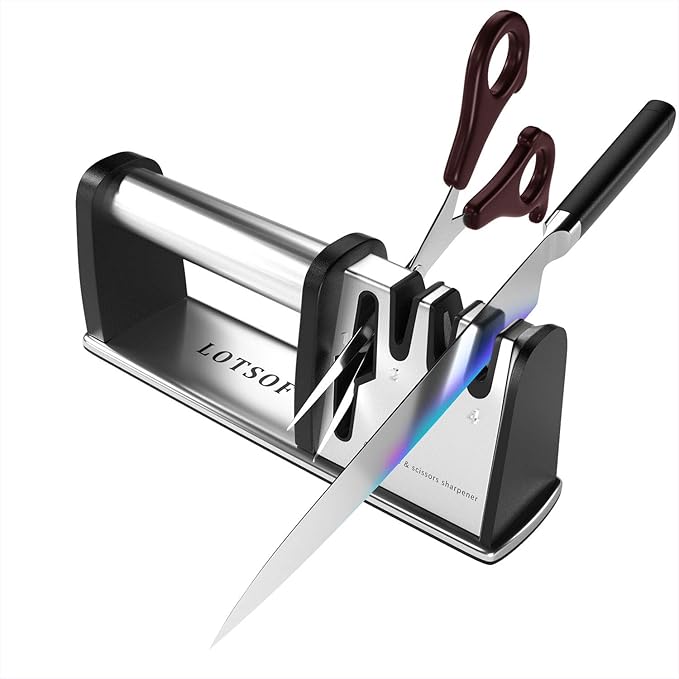Ah, the aroma of freshly brewed espresso – a morning ritual for many. But what happens when that ritual starts to feel more like a chore than a pleasure? Your trusty espresso machine might be whispering (or shouting) that it’s time for an upgrade. Ignoring the signs can lead to subpar espresso, frustrating repairs, and eventually, a complete breakdown. Let’s delve into the key indicators that your espresso maker needs replacing.
1. Inconsistent Espresso Quality: The Biggest Red Flag

This is the most common and arguably the most important sign. If your espresso consistently tastes weak, sour, bitter, or unevenly extracted, despite meticulous cleaning and consistent bean quality, your machine might be the culprit. Consistent espresso extraction relies on precise water pressure and temperature control. If your machine struggles to maintain these, the resulting espresso will suffer. Think of it like baking a cake – if your oven temperature fluctuates wildly, the cake will be unevenly baked. Similarly, inconsistent espresso extraction points towards a malfunctioning machine.
2. Pressure Issues: The Heart of the Matter

Espresso relies on high water pressure to force water through finely-ground coffee. If you notice a significant drop in pressure, weak shots, or inconsistent extraction times, it’s a major warning sign. This could stem from a faulty pump, clogged components, or simply wear and tear on internal parts. Trying to force the machine to work harder will only accelerate its decline. A weakened pump, for example, will struggle to achieve the pressure necessary for proper extraction, leaving you with a watery, under-extracted mess.
3. Temperature Troubles: A Delicate Balance
Espresso extraction is a delicate dance between temperature and pressure. A faulty heating element or temperature sensor can lead to inconsistent brew temperatures, ruining the taste of your espresso. If you find yourself struggling to achieve the ideal brewing temperature, or if the temperature fluctuates wildly during extraction, your machine’s temperature control might be failing. This can result in overly bitter (too hot) or sour (too cool) espresso.
4. Recurring Repairs: The Cost-Benefit Analysis
Is your espresso machine constantly needing repairs? Frequent breakdowns can become expensive. While occasional repairs are to be expected with any appliance, if you find yourself regularly spending money on parts or service, the costs may outweigh the benefits of keeping the machine. At a certain point, the money spent on repairs could easily purchase a new, more reliable model.
5. Visible Signs of Wear and Tear: Beyond the Surface

Beyond internal malfunctions, look for visible signs of wear and tear. Rust, leaks, cracked plastic, or burnt components are all clear indicators that your machine is nearing the end of its life. Ignoring these visible signs can lead to more significant problems down the line, potentially involving safety hazards.
6. Noise Levels: A Symphony of Problems?
An unusually loud or strange noise coming from your espresso machine is often a sign of a problem. A grinding sound could indicate a problem with the grinder, while unusual humming or clicking noises may point to problems with the pump or other internal components. Ignoring these noises can lead to further damage and potentially more costly repairs.
7. Cleaning Challenges: Beyond the Usual Grind

While regular cleaning is essential for any espresso machine, excessive difficulty cleaning or persistent build-up could be a sign of worn-out components. If you find yourself struggling to keep your machine clean despite your best efforts, it’s a sign that it might be time for an upgrade. This could be due to internal parts degrading, making effective cleaning more difficult.
Making the Upgrade: Choosing Your Next Espresso Machine
Once you’ve decided it’s time for a new espresso machine, the world of options can be overwhelming. Consider your budget, desired features (automatic milk frother, built-in grinder, etc.), and coffee preferences when making your selection. Research different models, read reviews, and compare features to find the perfect machine for your needs.
Conclusion: Brewing a Better Future
Replacing your espresso machine isn’t a decision to be taken lightly, but recognizing the signs of a failing machine is crucial for maintaining consistent espresso quality and avoiding costly repairs. By addressing these issues promptly, you’ll ensure your daily espresso ritual remains a pleasurable experience, rather than a source of frustration. Investing in a new machine is an investment in better tasting coffee and a more enjoyable coffee-making experience.


